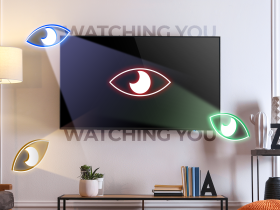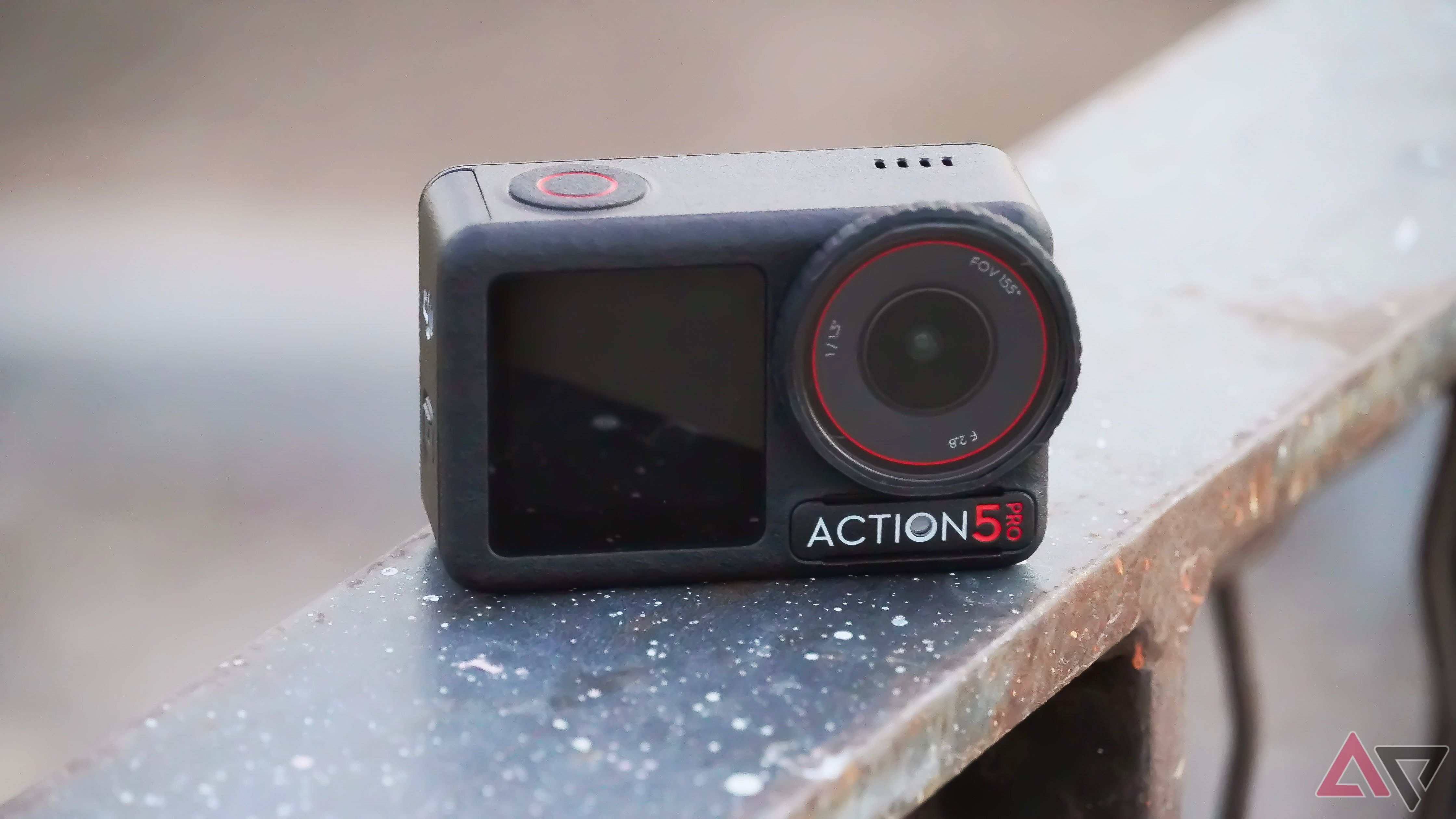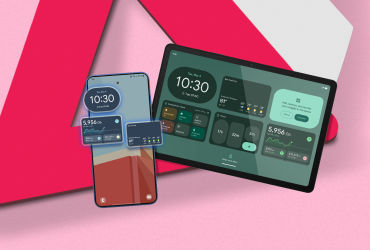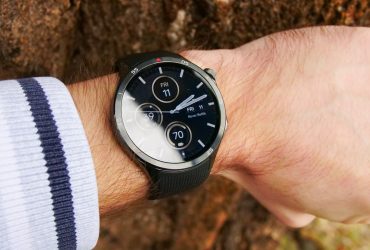7 Reasons I’d Ever Buy A Pair Of Meta Glasses, And I Definitely Wouldn’t Spend $1,000 On A Pair

Contents
I love innovative tech, but can’t get on board with Meta smart glasses. They look amazing in classic Wayfarer frames, pack flashy features, and have built-in artificial intelligence. However, after digging through reviews and user experiences, it’s clear these smart glasses come with a few red flags. Here’s why I’ll never buy a pair of Meta Glasses, and I definitely wouldn’t drop $1,000 on them.

Related
7 Wearing them makes people uncomfortable around you

Wearing these glasses turns me into a walking surveillance camera. When people think they’re being recorded, they act differently. It’s hard to get anything genuine after that. Even when inactive, the glasses create tension, and conversations become guarded. I’d rather not creep out my friends or the public when I walk into a room with these on.
I’m not handing Meta a backstage pass to my life. Privacy isn’t something I’m willing to trade. Whenever I say, “Hey Meta, what am I looking at?” I transmit data to their AI and machine learning algorithms. Images of my living space, belongings, friends, and family become data points that fine-tune their facial recognition and contextual awareness systems. Personal relationships and everyday interactions shouldn’t feed into corporate data monetization.
Hands-free access to information is convenient, but its cost is prohibitive. Assurances from Meta that data is handled responsibly carry little weight given its privacy record. My trust level is near zero between that and the required Meta account and app to use the glasses.
5 You can’t rely on these glasses for a full day’s use

Although marketed as everyday wearables, Meta glasses have poor battery life. Meta claims up to four hours of battery life under light use, but real-world tests show lower performance. Users report rapid battery drain. One user noted a drop from full charge to 3% after 40 minutes of walking with music.
Using these glasses for work or travel is risky, as the battery may die halfway through the day. Features like real-time translations and image analysis require sustained power, and such battery limitations are unacceptable in 2025. Consumers expect wearables to last a day without frequent charging or feature compromises.
4 Your phone takes better photos without the guesswork
Capturing moments with the Meta glasses is unreliable. Unlike camera smartphones, the glasses do not have a live preview, forcing guesswork that often results in off-center, poorly composed shots. The camera’s position above the left eye makes getting the right angle difficult. Unless you wink to align your vision with the lens, what you see and what the glasses capture often don’t match.
Plus, the glasses capture vertical images by default, limiting the framing of landscape shots. These limitations force a trial-and-error process. They also don’t have the simple stuff your phone camera has, such as zoom, tap-to-focus, night mode, and proper stabilization.
Videos are capped at 30fps, which is outdated compared to smartphones and action cameras that record stabilized 4K at higher frame rates. A wearable camera that cannot reliably capture important moments loses its purpose.
3 Others nearby may hear your music or calls
Meta glasses work as open-ear headphones with built-in speakers that are louder and clearer than the previous generation. The audio is acceptable but lacks the depth and richness expected of dedicated devices. Another drawback of the open-ear design is audio leakage.
Since the speaker’s project sounds outward instead of sealing it like traditional earbuds, nearby listeners can overhear your audio at high volume, a common occurrence in busy outdoor settings. Wireless earbuds or headphones perform better with noise isolation and fuller sound. Meta should focus on integration instead of trying to catch up with earbuds on speaker quality. Ditching the built-in speakers could cut costs and bring down the retail price.
2 The AI feels half-baked
The Meta AI voice assistant is a key feature of the Meta glasses. In theory, you say “Hey Meta” to receive instant assistance with tasks like taking photos or asking for information. In practice, the assistant resembles a proof of concept rather than a polished tool.
Commands such as “take a photo” or “call a contact” work reliably, but it stops there. Beyond basic commands, limitations become evident. Asking questions often results in a brief, stripped-down response that lacks detail. The assistant responds succinctly, possibly to reduce processing load. While this may be technically efficient, the outcomes are unsatisfactory.
You will receive a more informative answer by using your phone to ask Gemini or ChatGPT. This way, you can speak or type it quietly if you’re shy like me. That brings us to the awkwardness factor. Speaking “Hey Meta” or “OK Meta” in public feels unnatural. Society may adjust, but it draws unwanted attention. This behavior is awkward and intrusive in public.

Source: Pixabay
Meta glasses rely on Meta’s ecosystem. For example, livestreaming is exclusive to Facebook and Instagram, with no support for YouTube, TikTok, or Twitch. This restricts creators from building audiences on multiple platforms or preferring non-Meta apps.
Using the glasses requires installing the Meta View app and creating a Meta account. After that, transferring photos or videos outside Meta means manually downloading files to your phone or Chromebook before sharing. What if the glasses could integrate with productivity tools like Google Docs or Slack for quick visual note-taking? Or automatically sync content with cloud platforms like Google Drive?
Meta restricts the potential of these smart glasses by anchoring them to its walled garden. While this may appeal to loyal Meta users, those who want device interoperability and cross-platform freedom are boxed in.

Related
You’re better off spending that money elsewhere
Meta glasses include problematic design choices, and the rumored new model costs around $1,000. One must ask if the new features justify a smartphone’s price tag. You’re often better off pulling out your phone. Major AI chatbots are free and answer questions in greater detail. For POV footage, an action camera or a smartphone chest mount offers better images at a lower cost. For music, wireless earbuds deliver superior sound and privacy.
What’s your reaction?
Love0
Sad0
Happy0
Sleepy0
Angry0
Dead0
Wink0











Leave a Reply
View Comments